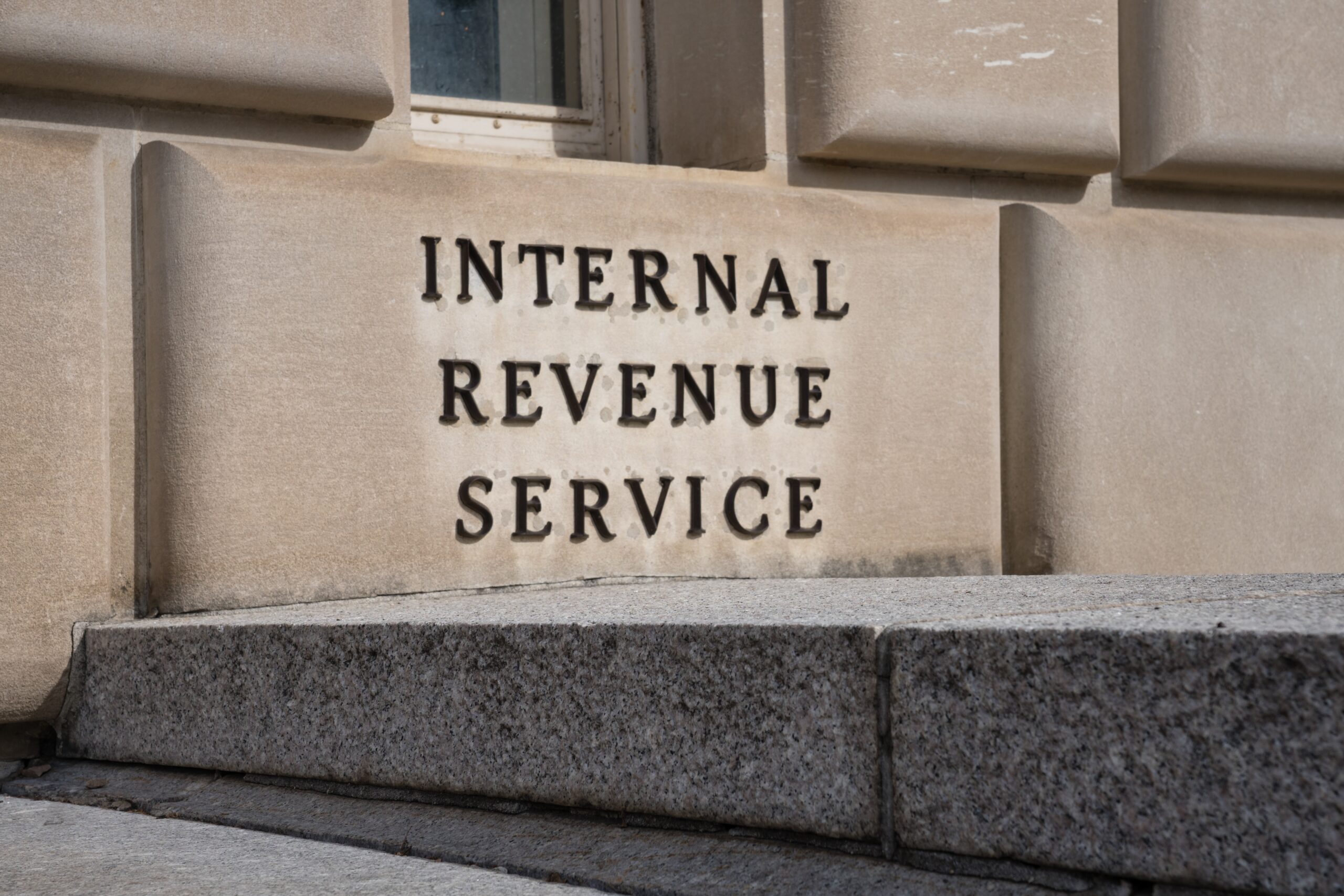IRS tax problems are more common in Connecticut than most people realize — not because people are reckless, but because the financial landscape here is unpredictable.
High housing costs, inconsistent contract work, medical expenses, layoffs, shifting industries, and unexpected 1099 income all combine to create tax debt unbelievably fast.
Then the IRS notices arrive.
Then the penalties compound.
Then the debt becomes bigger than what most families can realistically manage.
That’s when people type the same question into Google:
“Is it actually possible to settle my IRS debt for less than I owe?”
Yes — but only under circumstances that the IRS considers genuine hardship.
This guide explains how IRS settlements really work for Connecticut taxpayers, and how Rappaport Tax Relief helps people qualify.
There Is Only One Real IRS Settlement Program
Television ads oversell it. Radio ads oversimplify it.
But there is a real program that allows taxpayers to settle their balance for less. It’s called the:
Offer in Compromise (OIC)
An OIC isn’t about negotiation.
It is not about bargaining.
There is no “name your price.”
The IRS applies a strict formula called:
Reasonable Collection Potential (RCP)
= What the IRS believes it could collect from you over time
If RCP is lower than your total debt → settlement may be possible.
If RCP is equal or higher → the IRS will expect full payment or another resolution method.
Understanding how RCP works is the key to whether an OIC is worth pursuing.
Why Connecticut Taxpayers Often Make Strong Settlement Candidates
The IRS’s national “allowable expense standards” don’t match reality in Connecticut.
1. Housing costs exceed national norms
Fairfield County, Stamford, Norwalk, Westport, Danbury, and parts of Hartford and New Haven have housing costs far above IRS allowances.
2. Commuting costs are uniquely high
Metro-North, gas prices, parking, tolls — they all inflate monthly expenses.
3. Many taxpayers have variable income
Connecticut is full of:
-
Contractors
-
IT professionals
-
Consultants
-
Healthcare workers
-
Self-employed tradespeople
Income fluctuates dramatically in these sectors.
4. Elder care and medical expenses are widespread
CT has an older-than-average population and high medical costs.
5. Dual-income families shift to single-income households after divorce
Two homes. Two sets of bills. Two childcare setups.
6. Student loan burdens
IRS charts don’t fully account for the size and impact of student loan payments in CT.
When documented correctly, these realities help show the IRS why a taxpayer cannot pay the full balance.
How the IRS Calculates Eligibility
The IRS examines two main components:
1. Future income
They review:
-
Net monthly income
-
Average bank deposits
-
Self-employment swings
-
Seasonal earning patterns
-
Spousal income
-
Family size
-
Childcare and dependents
-
Medical needs
Then they apply “allowable expense” subtractions — but in Connecticut, those allowable numbers need to be expanded with documentation to reflect real living costs.
2. Equity in assets
The IRS reviews:
-
Home equity
-
Vehicle equity
-
Retirement accounts
-
Investments
-
Cash value insurance
-
Business equipment
Homeowners in CT often worry about equity — but IRS equity isn’t always full market value.
There are discounts, limitations, shared ownerships, refinancing barriers, and community-specific adjustments.
Who in Connecticut Often Qualifies for an OIC?
Retirees or near-retirees
Fixed income and limited earning potential create strong OIC cases.
Self-employed workers
Contractors, stylists, barbers, mechanics, IT consultants, and tradespeople often have income dips the IRS must consider.
Single parents
Childcare costs in CT frequently exceed IRS expectations.
Families with medical expenses or caring for elderly parents
These expenses, when documented, shift RCP significantly.
Taxpayers whose income decreased after the tax was assessed
A strong year followed by two weak years is a textbook OIC scenario.
When an OIC Isn’t the Best Approach
Not everyone is a settlement candidate. Fortunately, the IRS has alternatives:
-
Partial-pay installment agreements
-
Penalty abatement
-
Currently Not Collectible (CNC)
-
Full installment agreements
-
Appeals and audit reconsiderations
-
State-specific relief (CT DRS programs)
Rappaport Tax Relief always runs your RCP numbers first — before filing anything — to determine whether an OIC is worth the time.
What a Strong Connecticut OIC Package Looks Like
A successful OIC includes:
-
A complete, precise financial statement
-
Three–six months of bank statements
-
Proof of childcare, medical, commuting, and housing expenses
-
Correct valuation of assets
-
Documentation of income instability
-
A narrative explaining why CT economics exceed IRS standards
-
A clean filing history
-
Consistent numbers across every form
Weak OIC packages are denied not because the taxpayer doesn’t qualify — but because the IRS wasn’t given enough clarity.
Why Rappaport Tax Relief Succeeds Where National Firms Fail
Connecticut has unique cost patterns and regional pressures.
Rappaport understands:
-
Fairfield County cost-of-living
-
Metro-North commuting
-
Student loan burdens
-
High medical insurance premiums
-
High childcare and after-school costs
-
Property tax variations
-
How IRS reviewers treat Connecticut cases
This local knowledge dramatically increases the strength of an OIC submission.
Final Thought
Yes — IRS settlements are real.
But they only work when your financial story is carefully prepared and clearly documented.
Rappaport Tax Relief helps Connecticut taxpayers make informed decisions and build settlement packages that resonate with the IRS — increasing the odds of meaningful relief.
David Rappaport is an Enrolled Agent with over 25 years of experience in the field of taxation. He specializes in representing clients before all administrative branches of the IRS and State Taxing Authorities.
November 14, 2025
October 24, 2025


